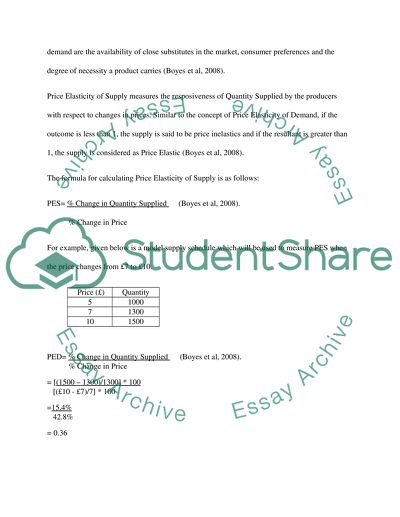Cite this document
(“Types of Elasticity of Demand and Its Importance Essay”, n.d.)
Retrieved from https://studentshare.org/macro-microeconomics/1408456-types-of-elasticity-of-demand-and-its-importance
Retrieved from https://studentshare.org/macro-microeconomics/1408456-types-of-elasticity-of-demand-and-its-importance
(Types of Elasticity of Demand and Its Importance Essay)
https://studentshare.org/macro-microeconomics/1408456-types-of-elasticity-of-demand-and-its-importance.
https://studentshare.org/macro-microeconomics/1408456-types-of-elasticity-of-demand-and-its-importance.
“Types of Elasticity of Demand and Its Importance Essay”, n.d. https://studentshare.org/macro-microeconomics/1408456-types-of-elasticity-of-demand-and-its-importance.


